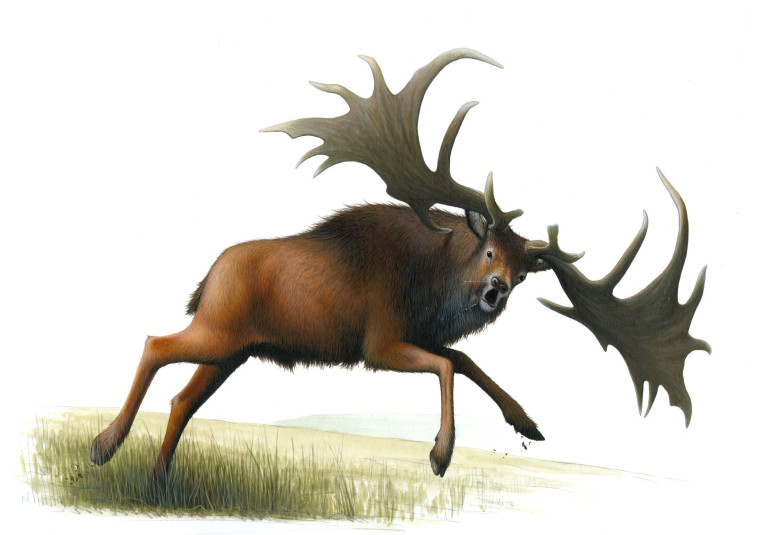It is really unusual for a palaeontologist (scientist who study fossils) to find a complete skeleton with all the bones in the right place. We are more likely to find only a few bones or a jumbled up skeleton.
Putting a skeleton back to together when you know what the animal looks like can be a challenge, but imagine how hard that becomes when there are no more of those creatures alive for you look at. It is a bit like trying to put a jigsaw puzzle together when you don’t have the photo on the box as a guide.
Dragons do not only populate the myths and legends of the past, but also the world around us.

Zoology PhD student Tom Jameson takes us on a journey of discovery with the world's largest reptiles.
It’s estimated that there are about 20 million penguins in Antarctica. When it’s really cold they huddle together to keep warm. The most extreme huddle ever recorded was 19 Emperor penguins within a square metre!
Have a go at making your own penguin. All you need is some paper, and a pen for drawing on the eyes.
The narwhal is a relative of the beluga whale. Both types of whale are medium sized and live in Arctic waters all year round. They are sometimes called unicorns of the sea because of their long spiralled tusk.
This pack includes a pattern to download and step by step instructions for making your own narwhal.
Follow the step by step instructions and learn how to draw some of the museums favourite animals. You will also get a fact file with more information about your animal
 Megaloceros - giant elk from the Ice Age
Megaloceros - giant elk from the Ice Age
Learn about different types of bird and how they have adapted to the environment they live in. Follow the instruction on the 'How to' and use the information sheets to get creative and build your own bird.

